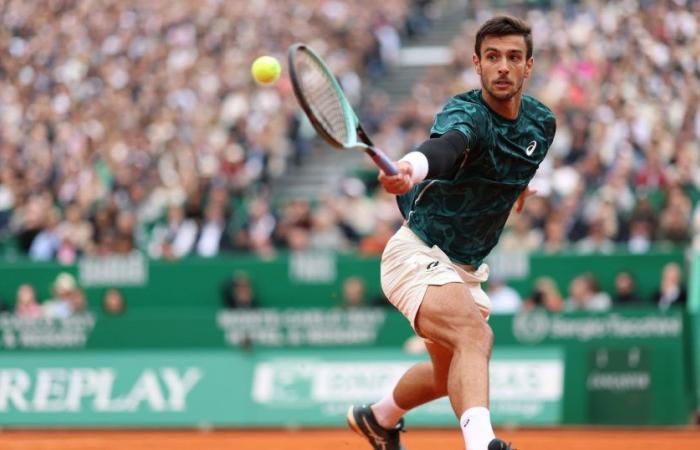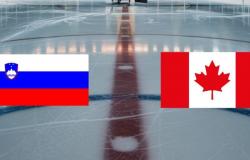Somewhere, modern tennis is swimming Today in the midst of a dichotomy and draws a growing debate in the water. To the left of the chair, those who castigate the general slowdown in conditions – surfaces and bullets – orchestrated for years. On the right, those who would like to go even further to thwart the increasingly frightening power developed on the circuit.
“In tennis, the size of the net is immutable, while the average size of the circuit players went from 1.75 m in my time to 1.90 m, and they are also more powerful, said Toni Nadal recently in an interview in the world. I propose to reduce the size of the rackets, because the very nature of the game has changed. When I am asked for a tactical advice, I don’t know what to answer apart: ‘You have to hit harder’“.
Without necessarily agreeing with the proposal issued by Rafa’s uncle, Patrick Mouratoglou in any case shares the analysis: “Tennis suffers from the fact that there are too many aces and winning servicesthus abounded the current coach of Naomi Osaka and founder of the Ultimate Tennis Showdown, whose revisited rules offer, among other things, a single service ball. What we did to the UTS solves the problem. There are many more exchanges and that’s what people want. “
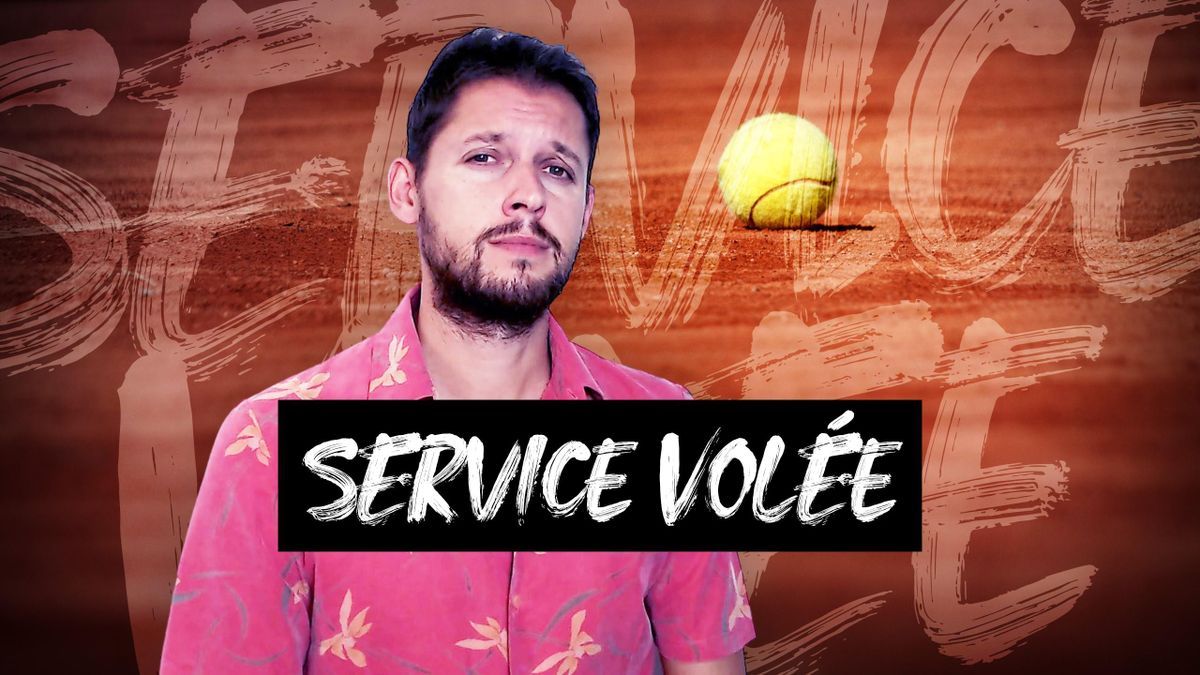
Why clay is the best surface of tennis
Video credit: Eurosport
Everyone will position themselves on the solution to be found – if there is a solution to be found – but the observation is difficult to dispute: we strike more and more strongly on a circuit where, as Brassens sang, raw talent is nothing than a dirty mania if we do not have the muscles that go to tuning for tunnels. Like the reverse with a hand which gradually disappears from the surface of the elite, creative tennis, which often goes hand in hand, has no more city right in a universe where, to choose, it is better to be a thick brute than an artist with a tender heart.
It’s true everywhere. But a little less on clay which, perhaps because it is the only surface which has intrinsically been modified in recent years, retaining its ancestral specificities in terms of slowness and rebound height, seems to have become the last circle of gathering of poets (soon) disappeared from the circuit. Their ark of Noah, where they still have a certain right of expression, even if the power at all costs must nevertheless end up having the last word.
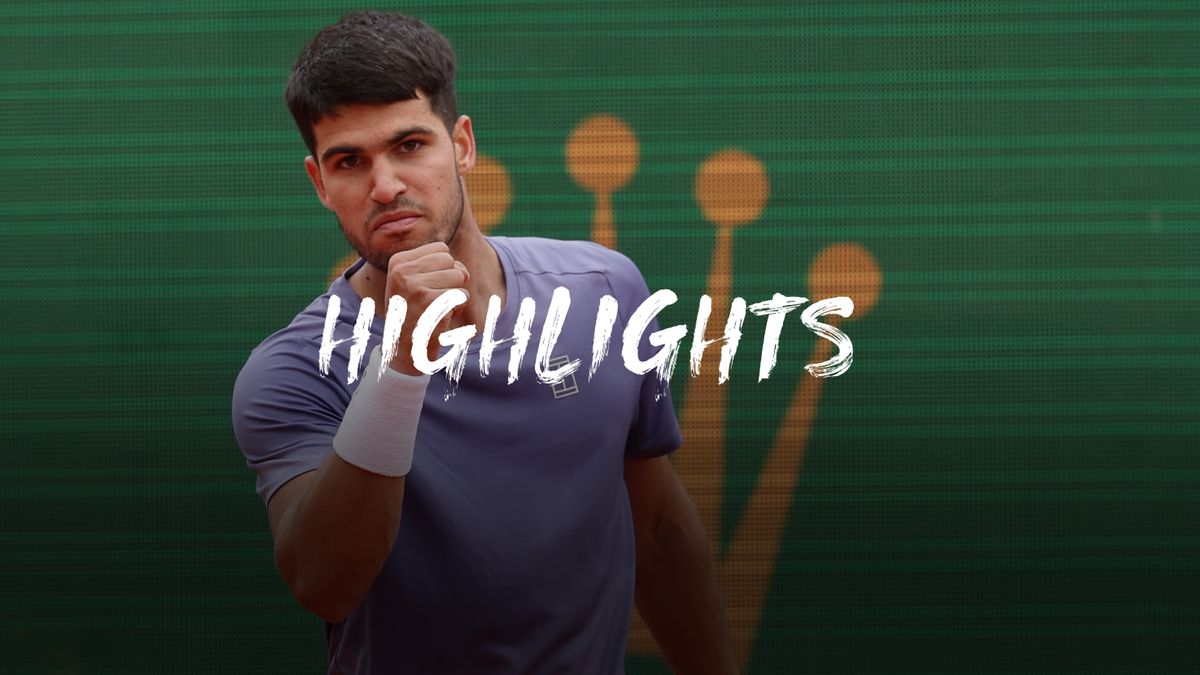
Alcaraz was stronger than Musetti in the final: the summary in video
Video credit: Eurosport
This is in any case what it came out of recent weeks: after two Masters 1,000 Americans dominated by two archetypes of modern tennis (Jack Draper at Indian Wells, Jakub Mensik in Miami), the first big meeting of the season on Earth, last week in Monte Carlo, reintroduced a different landscape. From the latest fires by Richard Gasquet to the final of Lorenzo Musetti, including the presence in quarters of Stefanos Tsitsipas and Grigor Dimitrov, the collective of associated artists of the circuit offered us a beautiful whole recital.
-All this is a bit paradoxical, by the way. Because clay, unlike the lawn, is rather known precisely to better reward discipline and repetition than goldsmith’s work. Besides, “I would be more reserved on your observation because you have to pay attention to the competition of circumstancestempers Julien Cassaigne, the coach of Richard Gasquet. On Earth, there is also the physical aspect to take into account and Richard has had a lot of trouble in recent years. But what is certain is that players who have a setback with one hand are, in general, very complete players technically, therefore able to play very well everywhere. “
I think people prefer a slightly “vintage” game like mine, even if I don’t think we will be witnessing a return of a tennis say more “technical”.
Exact, and including Lorenzo Musetti, which we do not indeed forget that he reached his first semi-final in Grand Slam last year on Wimbledon, and that he also won a title on hard in 2022 in Naples. But as a good Italian, he however considers clay as his favorite surface. “This is the surface on which I grew up and I always thought it was the one on which I could develop my best tennis”, He explained to Monte Carlo after her defeat in the final against Carlos Alcaraz. In any case, this is the surface which allows me to have the most tactical options. “
In an interview also given to the ATP site, the Transalpine crystalline goes further. “I believe that my game is a little different from that of others, because I have a setback with one hand and because I really like varying, especially on earth, he said before his Monegasque journey. Today, the service and the first racket are essential. But me, that’s not how I play. And I think people prefer a somewhat “vintage” game like mine (Editor’s note: yes), Even if I do not believe that it will be attended by a return of tennis say more “technical” in the near future. I am a fan of the backhand with one hand but you have to be realistic: in modern tennis, that does not help you. “
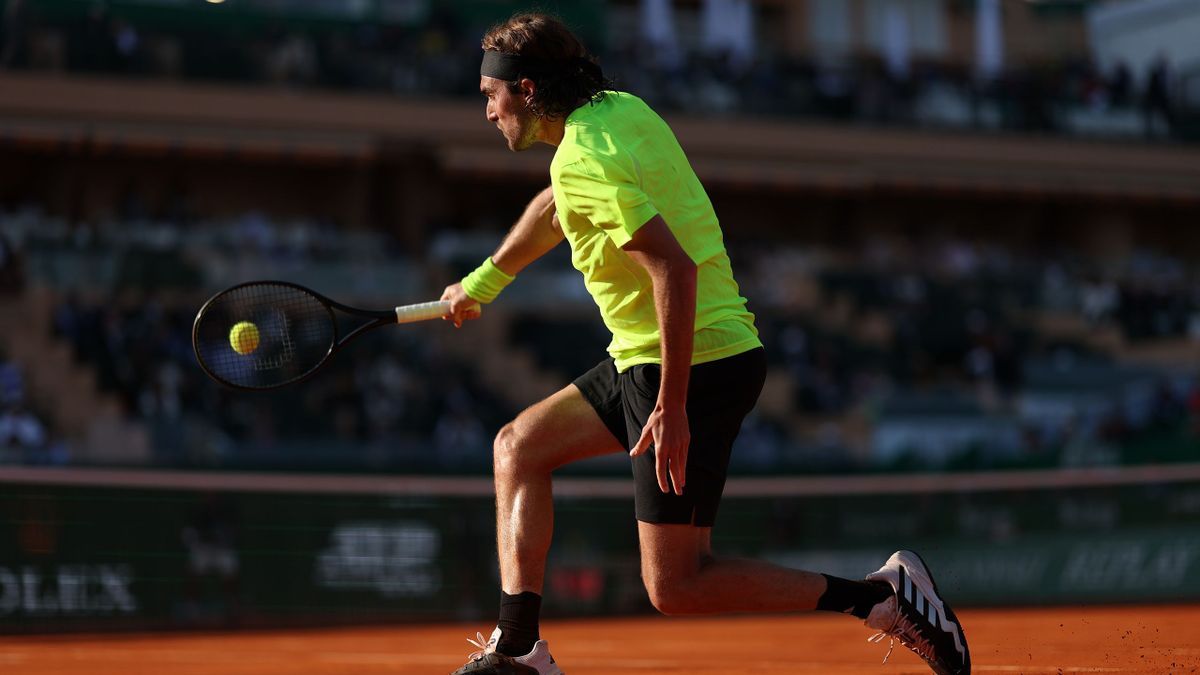
Stefanos tsitsipas in his works at Monte Carlo.
Credit: Getty Images
Apart from, therefore, on clay? Stefanos Tsitsipas has often explained it. Unlike the two -handed reverse that offers compensation possibilities, the reverse with one hand requires being perfectly camping on its supports, which is not an easy task when the game goes faster and faster. But the earth, precisely, gives it these precious additional second fractions. When it is well seated, the back to a hand then offers gestural freedom which allows you to generate more lift, which is paid on ocher. You only have to look at the statistics: in the top 10 spin generators, there are seven players with a backhand, Tsitsipas, Dimitrov and Musetti in mind.
I like clay because it offers the possibility of working on the form and texture of tennis that we want to play,
Not so surprising that Greek, which could rather be considered as a specialist in rapid surfaces at its beginnings with its offensive profile, also made ocher its favorite surface, in any case the bastion of its best results since 2021, the year of the first of its three victories in Monte Carlo and its final in Roland-Garros. “I like clay because it offers the possibility of working on the form and texture of tennis that we want to playhe poeticized last year in the Principality. It is the beauty of this surface: there is depth, this little thing more than you do not find on hard or on lawn. “
Curves, volume, slice, lift, cushioning … Tennis on clay draws arabesques in an often sublime element and indeed offers a multidimensional game which goes far beyond the first two rackets. And when we combine, like Carlos Alcaraz, this taste for the beauty of the gesture and this essential power these days, the earth becomes that of all possibilities: all the blows are (still) allowed, including keeping a few grams of finesse in this world of brutes.

